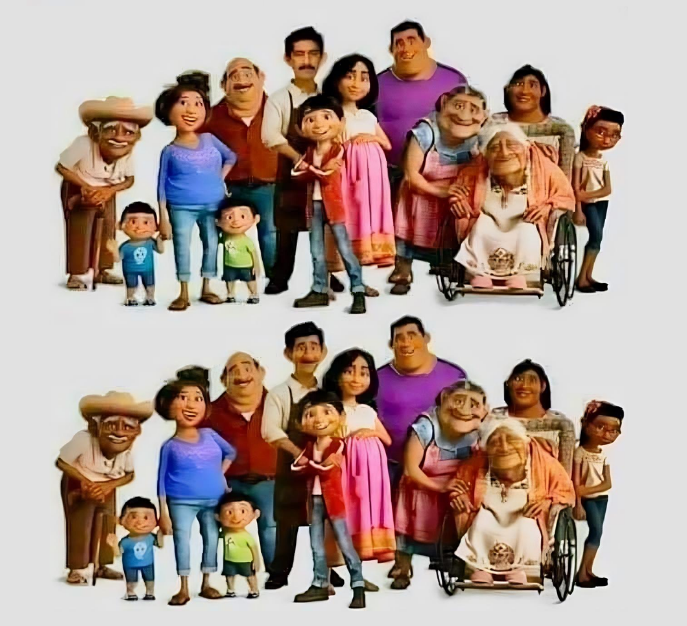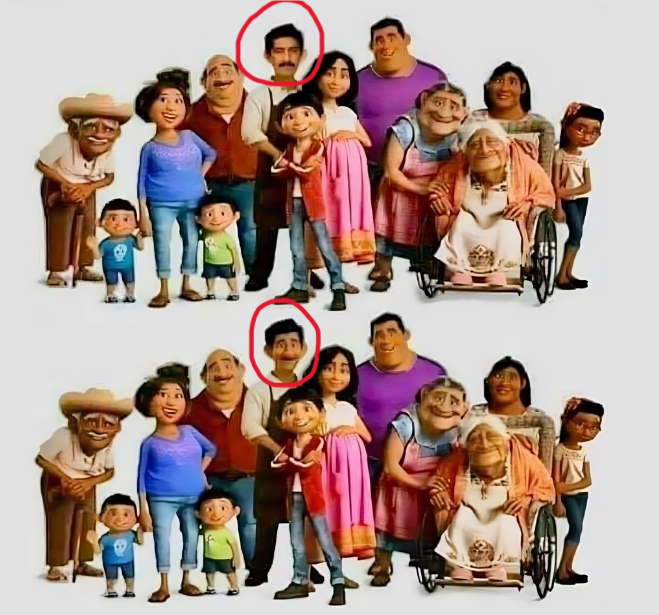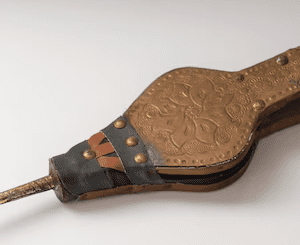Have you ever come across a puzzle that seems deceivingly simple, only to realize you’ve missed the one tiny detail that sets it apart? Today, we’re diving into a classic “spot the difference” challenge that promises to put your observation skills to the ultimate test. Take a close look at these two images above – there’s only one difference between them. Can you find it?
The Appeal of Spot the Difference Puzzles

Spot-the-difference puzzles are more than just a fun pastime. They’re an excellent way to engage your brain, improve attention to detail, and boost your visual perception. These puzzles demand more than a cursory glance – they challenge you to focus, compare, and analyze every detail.
This particular puzzle is especially intriguing because it contains only a single difference, hidden within a seemingly identical group of characters. For many, this level of simplicity is what makes it both fun and frustrating. If you’ve already taken a shot at solving it, you might have found yourself second-guessing your answer or even missing the difference entirely.
Common Mistakes When Solving These Puzzles
Let’s address why finding the difference can be so tricky and highlight common pitfalls:
- Assuming Big Differences: Many solvers instinctively look for major, obvious differences – a missing object, a large color change, or something overtly misplaced. However, spot-the-difference puzzles often thrive on subtlety.
- Overlooking Small Details: In puzzles like this, tiny changes in expressions, clothing, or hand positions often go unnoticed. These subtle tweaks are designed to blend seamlessly into the background.
- Focus on the Wrong Areas: A frequent mistake is focusing too heavily on the wrong parts of the image. For instance, you might zero in on the lower half of the picture when the difference lies above.
- Bias Towards Symmetry: The human brain loves patterns and symmetry. In such puzzles, this tendency can blind us to asymmetrical details, such as a change in the orientation of a character or a swapped feature.
Solving the Puzzle Step-by-Step
If you’re still stuck or simply curious about how to improve your strategy, let’s work through this particular puzzle systematically. Remember, the solution lies in the man standing next to the pregnant woman – a subtle but clear difference when analyzed closely.
Step 1: Scan the Image Holistically
Begin by taking in both images as a whole. Instead of diving into specific areas immediately, observe the overall composition. Note how the characters are arranged and if any general inconsistencies pop out.
Step 2: Divide the Image into Sections
Break the image into logical sections – top, middle, and bottom. Compare each section side by side. In this case, focus on the group of characters standing in the middle row, where most of the visual interest lies.
Step 3: Pay Attention to the Characters
Look at each character individually. Are their expressions identical? Are their positions the same? Is anything about their clothing or features different? Here’s where the difference becomes apparent: the man standing beside the pregnant woman has a slightly altered appearance in the second image.
Step 4: Focus on the areas
After examining each detail, find the difference in the face of the man standing next to the pregnant woman. The difference is in the nose, the expression and the eyes of the man.

Why Small Details Are So Tricky
So why do puzzles like this stump so many of us? Here are a few reasons:
- Cognitive Bias: Our brains tend to fill in gaps, assuming two images that look similar at first glance are identical.
- Information Overload: When confronted with a lot of visual data – especially in a group setting like this – it’s easy to miss a single discrepancy.
- Perceptual Blindness: Sometimes, the more we focus, the more we overlook! This phenomenon, called inattentional blindness, is common when we’re searching for tiny differences.
Why Solving Puzzles Benefits Your Brain
These puzzles are not just fun – they’re incredibly beneficial for your cognitive health. Here’s what they do for your brain:
- Improves Attention to Detail: Spotting differences hones your ability to notice the small stuff, which can carry over into everyday life.
- Enhances Memory: Searching for changes forces your brain to compare and contrast, strengthening memory.
- Boosts Problem-Solving Skills: The analytical approach required in these puzzles is a workout for your logical thinking abilities.
Challenge Your Friends and Share Your Answer!
Now that you know the solution, why not share the challenge with friends or family? Ask them if they can spot the difference and see who solves it the fastest. Encourage them to leave a comment with their answers – did they find it right away, or did it take a few tries?
In the meantime, explore more puzzles and games to keep your brain sharp. The more you practice, the better you’ll get at spotting subtle differences and solving complex problems.
Final Thoughts
Spot-the-difference puzzles like this one remind us that sometimes the smallest details make the biggest difference. By sharpening your observational skills and practicing patience, you’ll not only ace these puzzles but also improve your overall attention to detail in everyday life.
So, what are you waiting for? Dive into another puzzle, challenge your brain, and don’t forget to have fun along the way!


